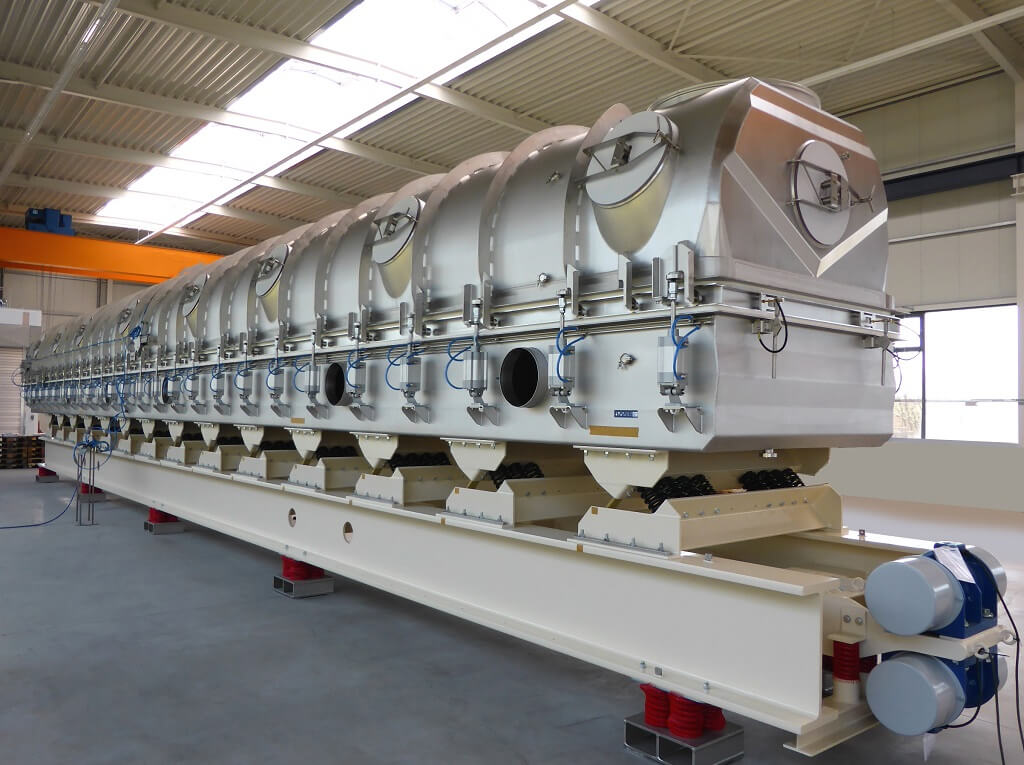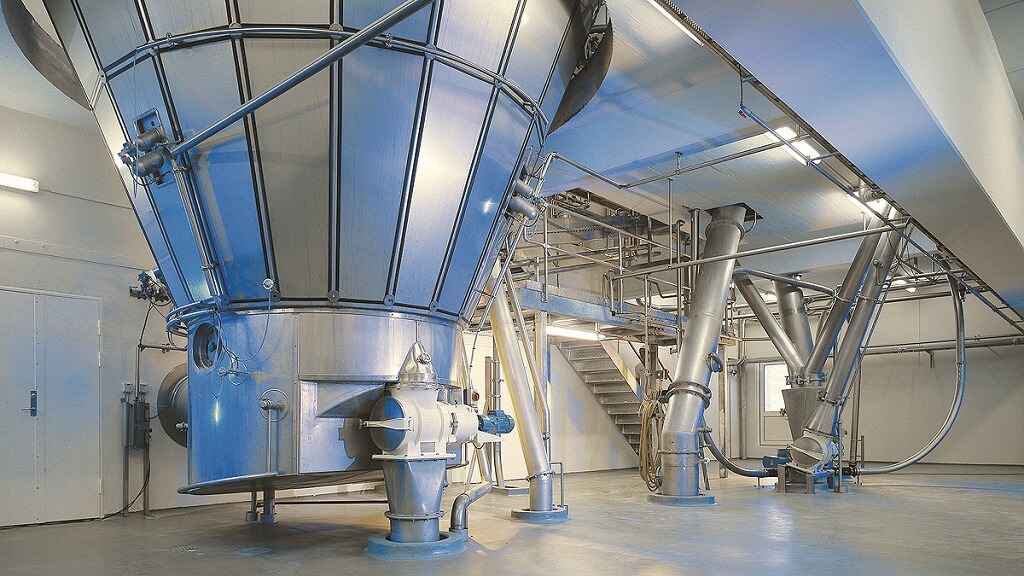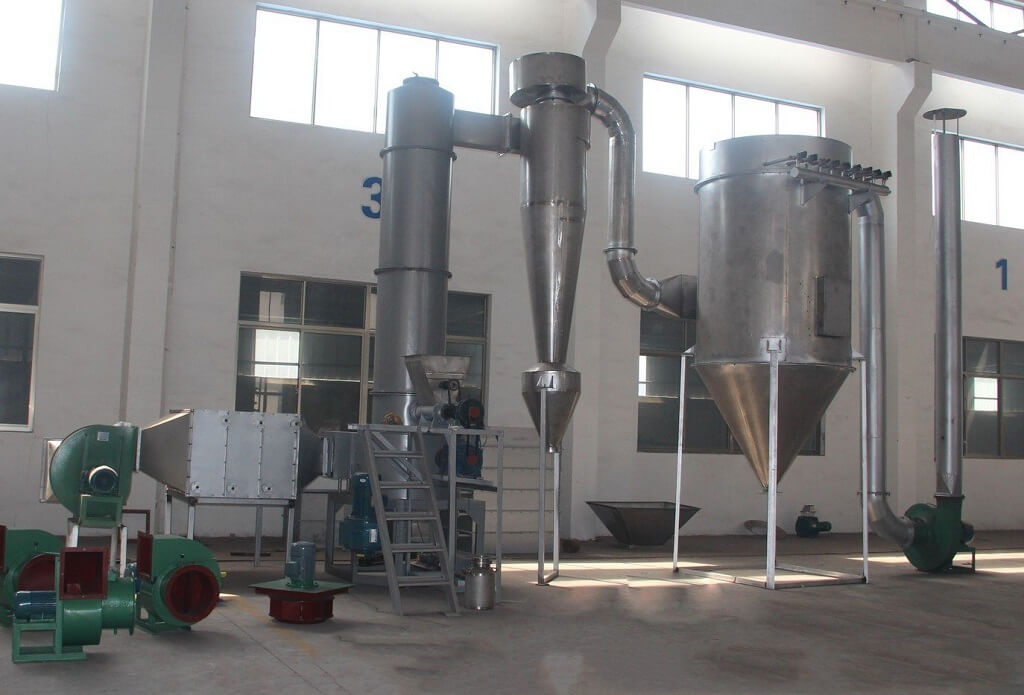A vibrating fluidized bed dryer is more suitable for drying crystals and powders after centrifuges. It is also suitable for granular products such as food additives, organic fertilizer granules, etc. It is also suitable for cooling products, such as PVC Granules, plastic granules such as TPU, and product cooling after drying equipment, such as milk powder, coffee and other products.
The principle of vibrating fluidized bed drying: the natural air is taken from the dry air, and the natural air is passed through the air filter by the blower and then heated to the set temperature by the heat source such as the steam heat exchanger or the electric heater (the temperature is determined according to the characteristics of the product), through the pipeline to the lower bed of the fluidized bed or the bottom of the bed to enter the air to become the drying heat medium of the fluidized bed dryer.
The wet product enters the bed of the fluidized bed from the feed port of the fluidized bed through the feeder. The fluidized bed is driven by the vibration motor on both sides or the head vibration motor to make the bed move, and the wet product moves along the fluidized bed.
The fluidized bed moves horizontally parabolically in the in and out direction, and the drying hot air penetrates the bed plate from the bottom (the bed plate is a perforated plate) and contacts with our products to form heat convection exchange.
During the whole drying process, the wet material is always suspended on the bed plate. After drying The water vapor and fine powder are discharged through the upward pipeline of the induced draft fan, and the dust is collected by the cyclone separator or bag filter at the back end.
For a single fluidized bed, we can also design an integrated bed with drying and cooling. The dried product continues to move forward along our fluidized bed. At the front end, we separate the hot and cold air through a baffle. Instantly cool the product through cold air (cold air can be configured with low humidity and low-temperature cold air), so as to prevent the material from returning to moisture and directly package it.



